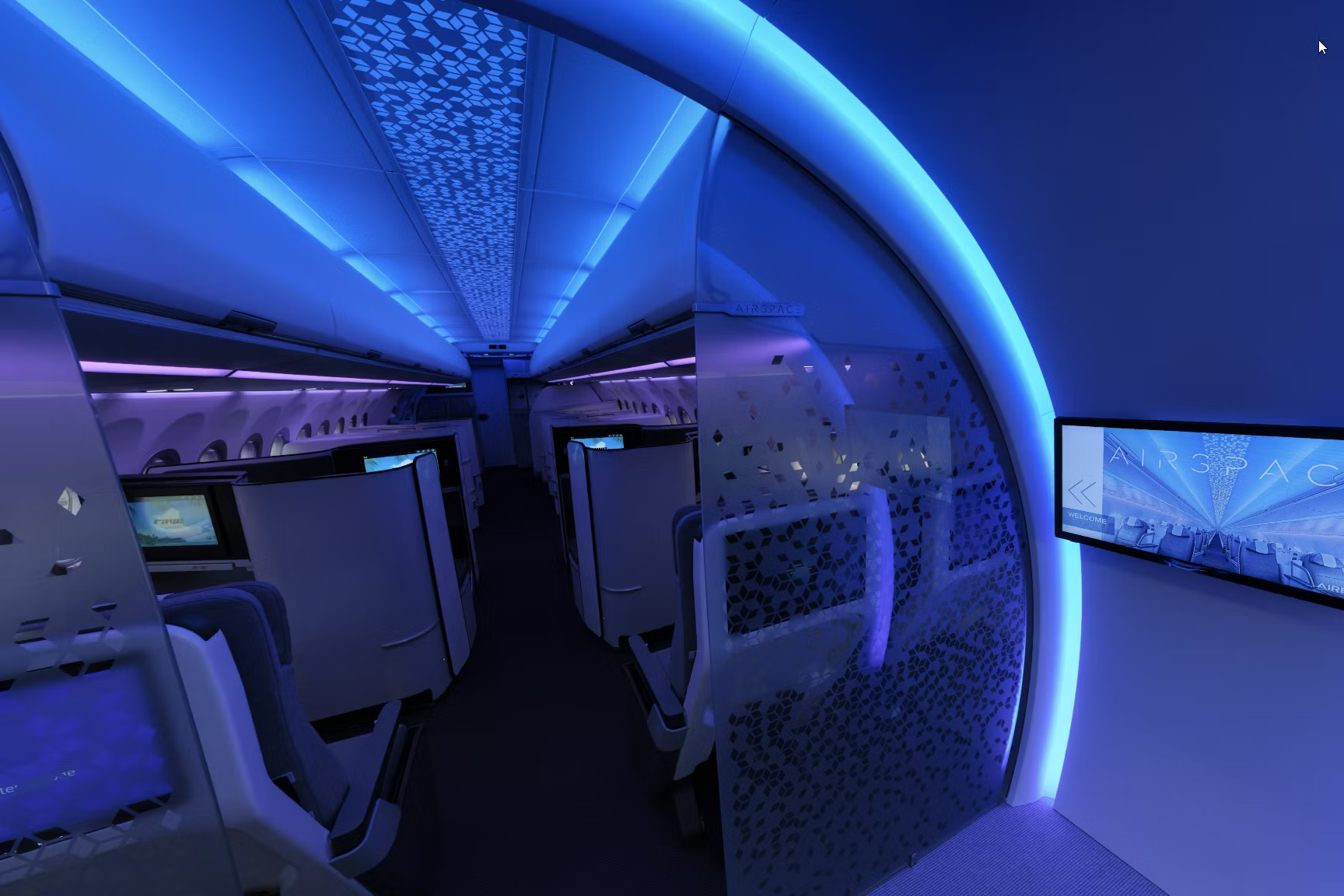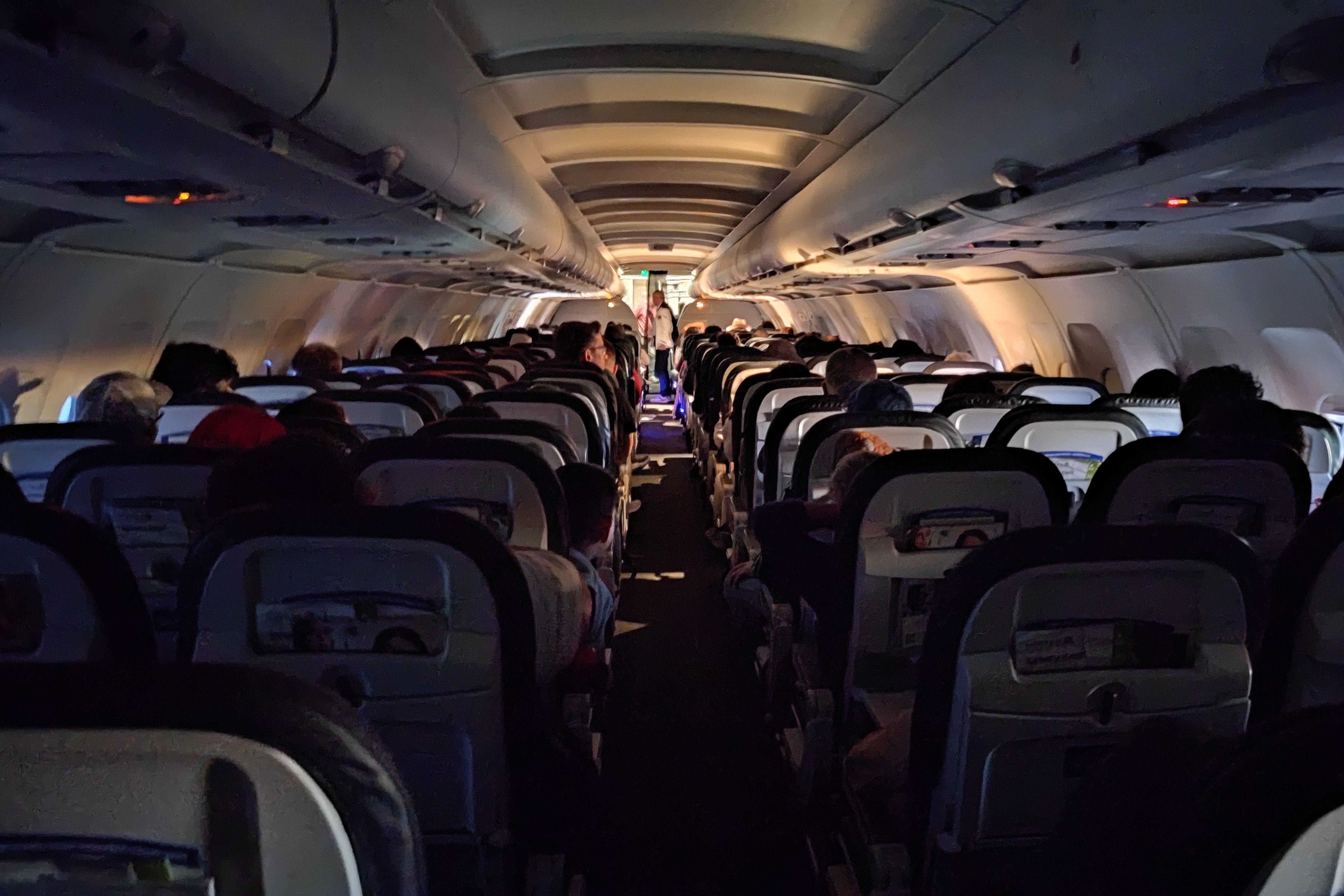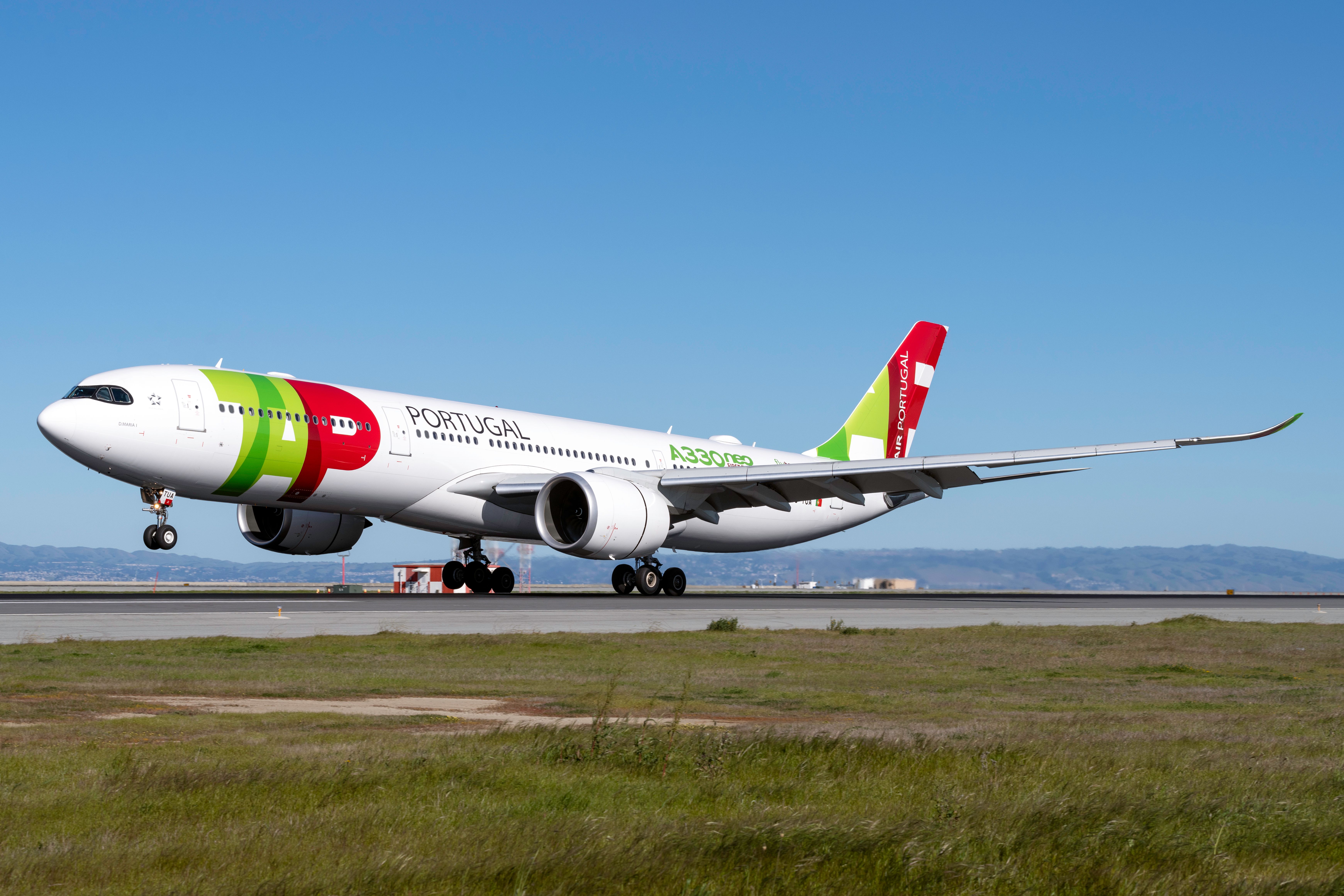Summary
- Pilots may become disoriented causing illusions due to a loss of perspective, especially on dark approaches over water.
- A black hole approach can lead to aggressive descents due to a lack of visual references as a pilot searches for a runway.
- Factors like featureless terrain, water, and low visibility can contribute to a black hole approach.
A black hole is considered a place where gravitational effects are so strong that even light may escape. In aviation, a black hole approach is a term for landing during the dark night when even the moon and stars are not visible in the sky. A black hole approach is an illusion that can happen while flying over water on a very dark night. As the term suggests, it is an approach at night where nothing is visible between the aircraft and where it intends to land.
According to the California Aeronautical University,
"A black hole approach occurs when you are flying at night without your peripheral vision. It can be very easy for vision to make you disoriented when the world around you is dark, especially with no stars, low moonlight, no ground features, and very few ground lights.
"When you are in the air, experiencing a black hole approach means that you lose sight of where the horizon is. You will find yourself believing you are much higher than you actually are. As you get closer to the airport, you can see the bright runway lights surrounded by solid darkness."
Pilots can become disorientated
- Loss of senses
- Disorientation
- Loss of perspective
- False horizon
- Conflict of instruments
Human senses (touch, sight, hearing, smell, and taste) are not naturally geared up for the inflight environment, which means that pilots may experience disorientation. A loss of perspective can create illusions such as a false horizon or a conflict with instrument readings and what the eye is seeing. This is especially true when flying over water at night, which can lead to a misjudgment in altitude.

Pilot Insight: How Perfect Airplane Landings Are Done
The approach and landing are among the most critical flight phases.Because it just feels like the right thing to do, pilots sometimes proceed with a visual approach when they would be much better off relying on their instruments. However, because they lack visual references to help guide them, it can occasionally lead to glide path overestimation (GPO). With nothing around to provide guidance, pilots can be tempted to descend aggressively in search of the runway, which results in a dangerous glide path below the three-degree norm.
AIRES Flight 8250
An excellent example of a black hole approach occurred on August 16, 2010, when an ARIES Boeing 737-700 crashed short of the runway when landing at Gustavo Rojas Pinilla International Airport (ADZ). Operated by privately owned Colombian airline ARIES, flight 8250 was a regularly scheduled domestic flight from Bogotá to the Caribbean vacation island of San Andrés.
This nighttime flight took off from Bogota's El Dorado International Airport (BOG) at 00:07 en route to San Andrés with 125 passengers and six crew. Rather than landing on the airport's runway, the captain, 44-year-old Wilson Gutierrez, set the plane down 260 feet short. Thelanding gearcollapsed, and the aircraft broke into three sections, resulting in the loss of two lives.
Factors contributing to black hole approach
There are multiple factors that contribute to the black hole approach by pilots. Despite the pilot's attempt to rely on visual references, sometimes visual cues cannot be achieved. California's Aeronautical University highlights a list of factors that drive a black hole approach.
- Terrain with no visual features
- Large bodies of water on the approach to the runway
- Bright city lights new the runway—set against a dark, featureless terrain
- Long approaches that are straight in
- Low moonlight and lack of starts
- Fog, precipitation, or other means of low visibility
- Turbulence on approach

Why Cabin Lights Are Dimmed For Takeoff And Landing At Certain Times Of Day
Safety is at the forefront of this motive.Pilot error was to blame for the crash
A day after the crash, when being interviewed, passengers said that everything was normal aboard the plane and that it crashed without any warning. The pilot did not report any problems or an emergency to the tower, believing that he thought all was well. He later said that he thought the plane had been hit by lightning. Still, investigators dismissed this as Doppler radar saw nothing occurring at the airport at the time of the crash.
The United States sent a National Transportation Safety Board (NTSB) team to aid Colombia's Special Administrative Unit of Civil Aeronautics and the Colombian Air Force. Almost a year after the crash, the Colombian aviation authorities released their report, which said that pilot error was to blame. They said that the aircraft's final approach was below the standard glide path due to an error of judgment by the crew.

Why Cabin Crew Dim The Cabin Lights During Takeoff And Landing
As you might expect, it has to do with safety.They believed they were at a much higher altitude than they actually were. The findings were that this is typical of a black hole illusion that can occur at night during an approach to a low-contrast runway environment surrounded by bright lights aggravated by rain.
What are your thoughts on the black hole approach? Have you witnessed a black hole approach during your flight? Share your views in the comments section.




